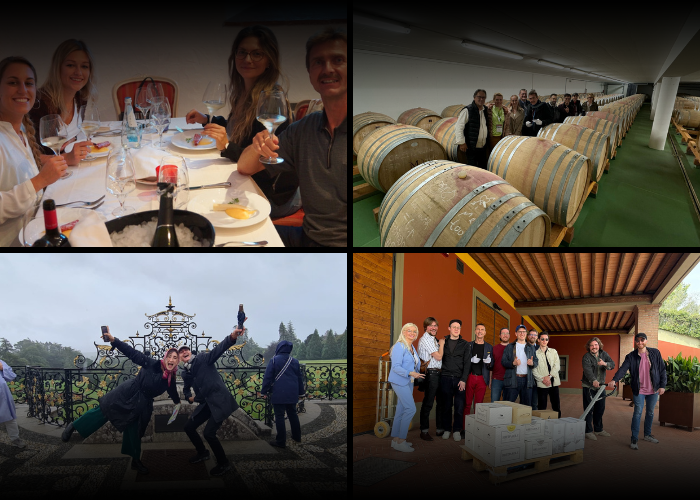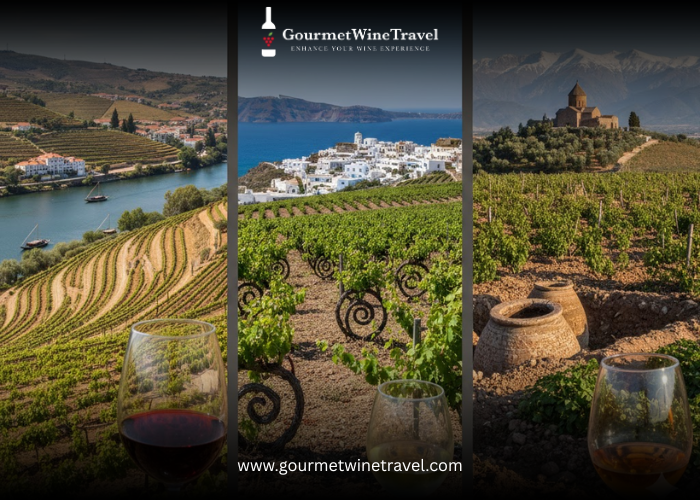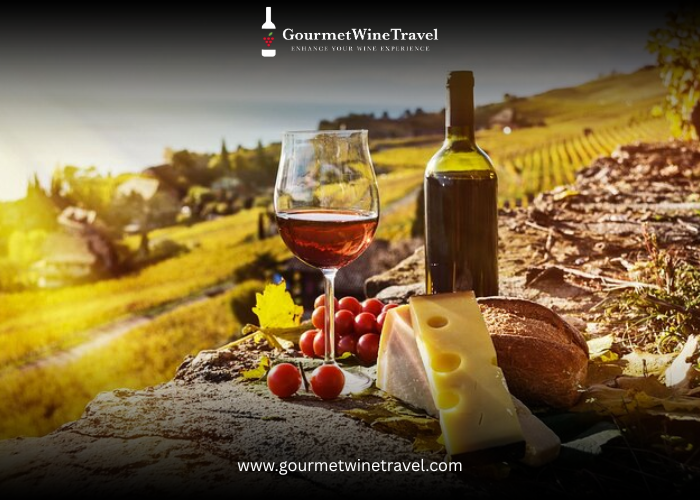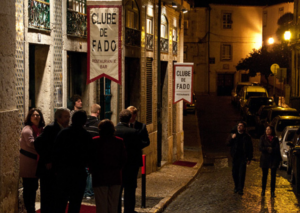
Behind the Scenes of a Gourmet Wine Travel Tour: From Vineyard Visits to Cellar Tastings
Introduction
Wine travel isn’t just about sipping a glass, it’s a carefully curated journey from vine to bottle, combining nature, heritage, and gastronomy. With a Gourmet Wine Travel, visitors to Switzerland gain an insider’s view of vineyards, winemaking practices, cellar secrets, and local culinary pairings. The result: a deeply immersive experience that goes beyond mere tasting – blending scenery, culture, and taste.
Choosing the Right Region: terroir, grape variety & scenery
Switzerland offers a rich tapestry of wine regions, each with its own terroir, grape varieties, and unique character. For example:
- In the alpine‑sunlit slopes of Valais, terraces cling to steep hillsides, producing wines with distinct mineral and floral notes.
- Around the lake‑bordered region of Vaud, especially in the terraced vineyards of Lavaux, visitors enjoy both scenic views over the lake and elegant grape varieties like Chasselas and Pinot Noir.
- In regions such as Ticino, the warm, Mediterranean‑influenced climate shapes wines, for example, smooth Merlots paired with local culinary traditions.
By selecting a region thoughtfully, a wine travel tour ensures that the wines you taste reflect unique soil, climate, and cultural influences, offering variety and depth to the experience.
Vineyard Visits & Guided Walks: Wine at the Source
One of the earliest and most evocative parts of a wine tour is the vineyard visit. Walking among vines, sometimes on steep terraces, sometimes along gentle slopes by a lake gives a tangible sense of where and how grapes grow. With an experienced guide from Gourmet Wine Travel, you’ll learn about:
- The local terroir: soil type, microclimate, slope orientation, and how these influence grape growth and flavor.
- Traditional and modern viticulture techniques used in Switzerland: pruning, harvesting times, vine care, and sustainable or biodynamic practices. Many Swiss wineries emphasize sustainable viticulture, and travel tours often highlight these environmentally conscious practices.
- The seasonal rhythm of the vineyard: how growth, harvest, and vine maintenance shape the end product.
This connection to the land, seeing the vines, touching the grape clusters (where permitted), and witnessing the surroundings makes every bottle more meaningful.
Behind the Scenes: Cellar Visits & Winemaking Process
A core attraction of a gourmet wine travel tour is “behind‑the-scenes” access to cellars and winemaking facilities. Rather than simply sipping wine, you get to peek into the process that transforms grapes into wine. This includes:
- Touring underground or stone cellars: many Swiss wineries open their cellars to visitors, including traditional barrel cellars, aging rooms, and fermentation areas. This gives a sense of the craft, patience, and conditions needed for quality wine.
- Watching or learning about barrel aging, fermentation, blending, and bottling techniques: depending on the winery and season, you might be shown how oak barrels are used, how wines develop over time, and what makes each vintage unique. As one overview of luxury wine tours describes, multi‑winery or multi‑day tours often include deeper cellar access, barrel tastings, and extended insights.
- Engaging with winemakers and cellar masters: many tours facilitate direct interaction with the people behind the wines, an opportunity to ask questions, understand their philosophy, and learn why they do what they do.
This cellar‑side exposure transforms the wine tasting from a passive experience into an interactive education: you leave not only with memories, but also with knowledge.
Wine Tastings & Gourmet Pairings: Savoring the Flavours
Of course, a wine travel tour would be incomplete without tastings. But with Gourmet Wine Travel and Swiss wineries, tastings are elevated into a sensory journey:
- Typically, tastings move from lighter whites to fuller reds, allowing your palate to appreciate nuanced flavours and aromas the right way.
- Wines are often paired with local Swiss cuisine cheeses, cured meats, and regional specialties, which enhances both food and wine. In some tours, local chefs and wineries collaborate to offer gourmet pairings that reflect regional traditions.
- Thematic tastings are also common: for example, exploring several vintages of the same grape, or comparing grapes from different terroirs a great way to understand terroir, climate, and aging effects on flavor.
Such tastings, thoughtful, guided, and paired, give far more than a casual sip; they provide context, nuance, and appreciation for the artistry of winemaking.
Cultural & Sustainable Immersion: The Swiss Wine Ethos
Wine tourism in Switzerland isn’t just about flavor – it’s also about heritage, culture, and responsibility. With Gourmet Wine Travel, you often get:
- Encounters with long‑standing wine traditions, local history, and cultural heritage. Vineyards like those in Lavaux reflect centuries of viticulture, and walking through these vineyards is like stepping into living history.
- Emphasis on sustainability and environmentally conscious viticulture. Many wineries highlighted by travel tours use organic or biodynamic methods and aim for minimal environmental impact offering you a way to enjoy wine and support responsible practices.
- Connection with local communities: small local wineries, artisan producers, regional foods and crafts giving you a genuine taste of Swiss terroir and lifestyle rather than a sanitized “tourist” experience.
This layered immersion, environmental awareness, cultural depth, and local interactions transform a wine vacation into something richer, more meaningful, and more memorable.
Conclusion
A wine travel tour, especially one curated by Gourmet Wine Travel, offers much more than tasting wine. It’s a full‑bodied experience: from walking among vines beneath Alpine skies, to descending into cavernous cellars, to savoring wine alongside regional cuisine, all while understanding the craft and culture behind every bottle.
If you’re a connoisseur or even a curious traveler, such a journey deepens your appreciation of wine, terroir, and tradition. Switzerland, with its diverse wine regions, rich heritage, and beautiful landscapes, is the perfect backdrop for this immersive adventure.









Recent Comments